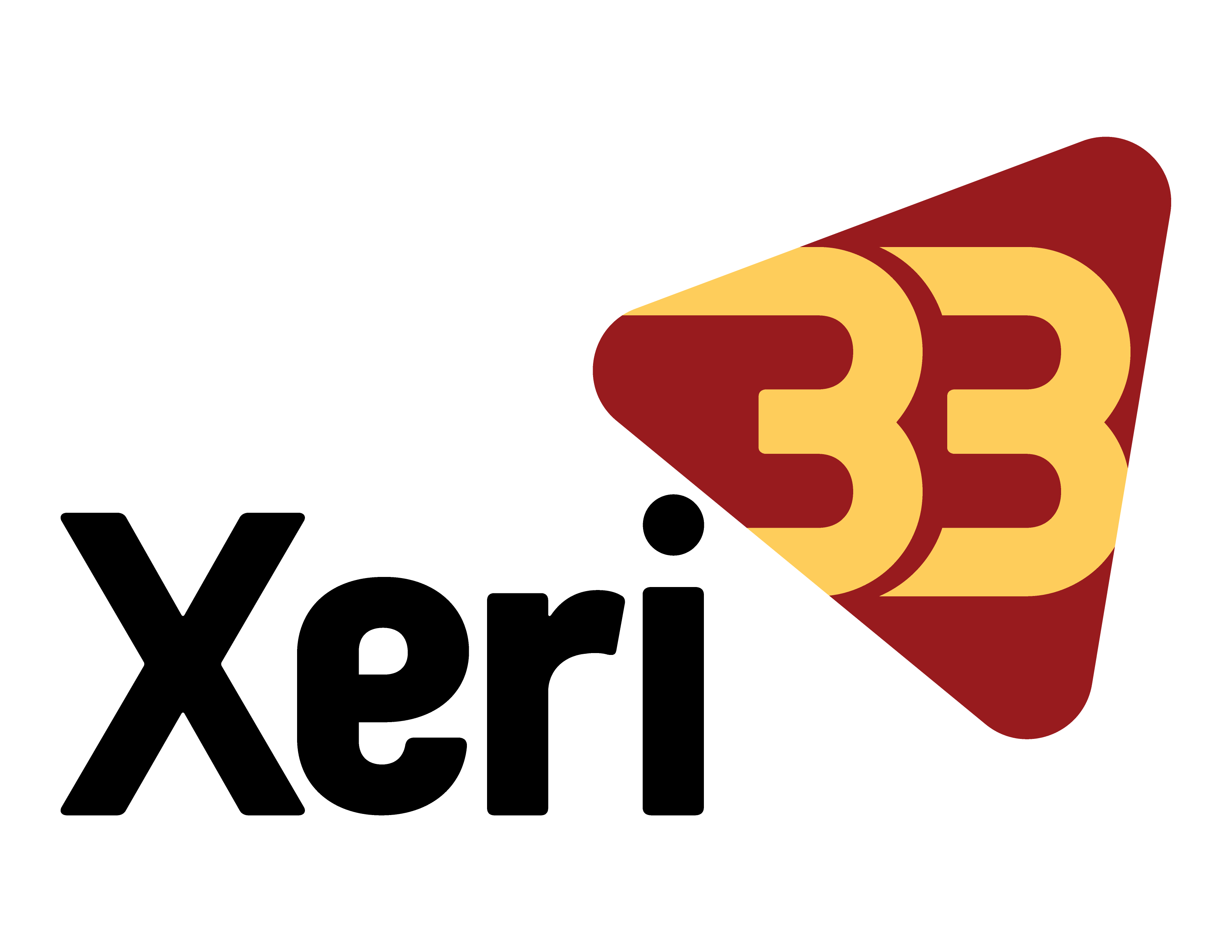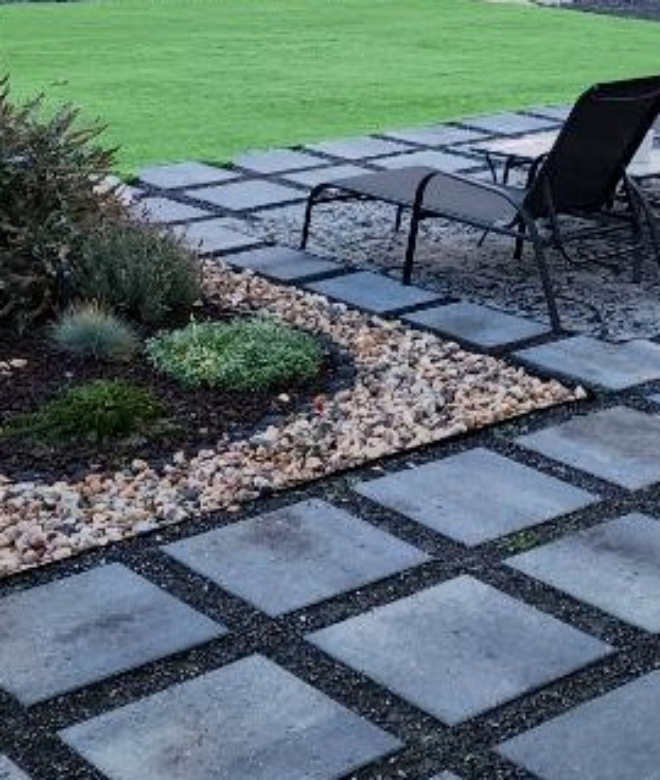About Us
Xeriscape is a term coined by combining the Greek root “Xeri” meaning dry and “Scape” meaning scenery. This term has become more and more prominent with the recent push toward water conservation. Xeriscape, or Dry-Scape, is basically a set of guidelines for water-conservation landscaping. Xeri 33 is committed to accomplishing its mission of reestablishing Utah’s water resources to their native levels by 2033 through education, legislation, and xeriscaping. We will help conserve water, one yard at a time!






